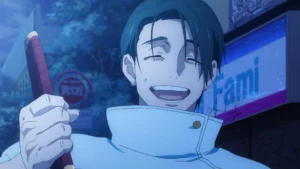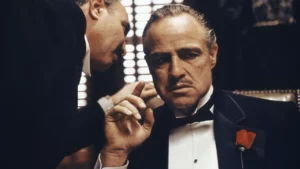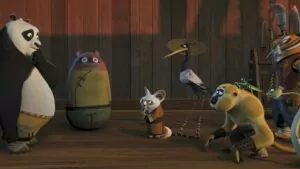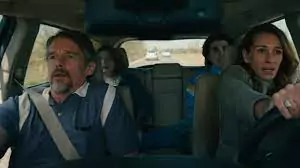DATE : 11TH OF DECEMBER 2020
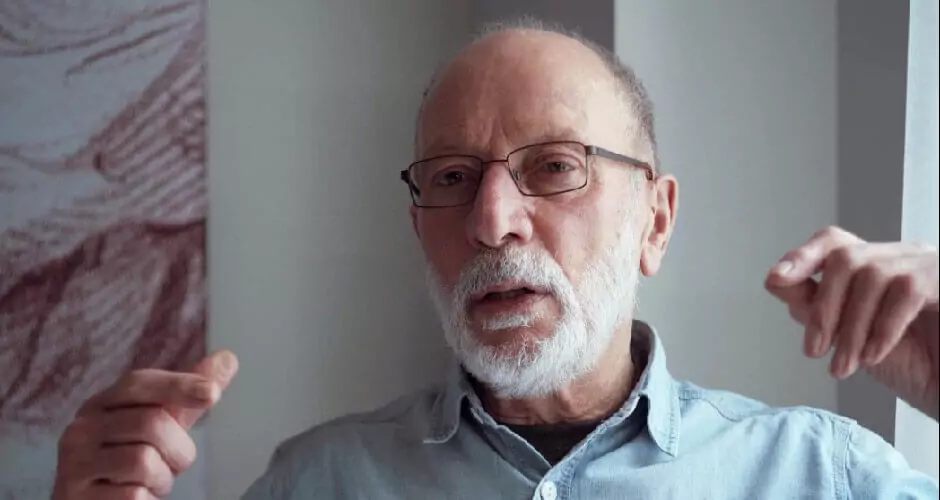
The Movie Culture’s newest Interview is with 2 times Oscar Winning Cinematographer Chris Menges who talks about working on Waiting for the Barbarians starring Mark Rylance, Robert Pattinson and Johnny Depp.
Chris Menges has received his first BAFTA nomination for the Bill Forsyth film Local Hero and only a year later won his first Academy Award for the film The Killing Fields about the genocide in Cambodia.
He continued his work with Helmer Roland Joffe and he won his second Oscar in 1986 with the historical drama The Mission. He also shot a television play titled “Made in Britain”, starring Tim Roth in 1983.
Greetings Mr. Menges, we The Movie Culture are thrilled to have you. We certainly hope that during times like these you and your family are doing well.
Q. To start this interview we have to ask you about Waiting for the Barbarians, do tell us about how you first got involved with it and your experience has been on the movie?
Chris Menges: I first read Coetzee’s novel “Waiting for the Barbarians” in the mid 80s and was immediately struck by the power of the story it told. It is a searing inditement of oppression of indigenous people. In the year 2004 Michael Fitzgerald sent me a copy of the screenplay written by Coetzee for “Waiting for the Barbarians”. Many year later, in 2017, when the finances were in place. Michael and Ciro Guerra asked me to be the cinematographer. I have a good working relationship with Michael having been the cinematographer on ”The Pledge” directed by Sean Penn and I worked for Michael on Tommy Lee Jones’s movie “The Three Burials”. Great screenplays energize your imagination : but this was also a powerful film about the elusive terror of Kafka. Michael with Ciro and designer Crispin Sallis spent a considerable time searching for the ideal location – a remote fort on the edge of a large empire with indigenous people living in the mountains beyond. After a long search they found the ideal location; a fortified house and village south of Marrakech close to working the towering Atlas Mountains in Morocco.
Q. The Filmography you have is something so distinguish which brings only one thing to forefront how diverse your range is, how do you approach a film’s look and what was your approach on Waiting for the Barbarians?
Chris Menges: I would answer your question this way: I think that it is from the first reading of a book or screenplay that many ideas flood into my brain. I was trained first as a documentary cinematographer. In many ways it was the discipline of shooting documentaries that informed me. It was here that I learnt about light, composition and working with a handheld camera . The spontaneity of catching the moment and importantly catching sounds; for the words are half the story. Documentaries are great teachers and what informed me for the “Barbarian” movie was my experience of shooting the 1964 documentary “Raid into Tibet”. Living and working with the brave Khambas soldiers in their fight for freedom from Chinese rule. Surrounded by towering mountains, we crossed into Tibet at 20,000 feet. That informed my Shooting style.
Q. Your last movie was Extremely Loud and Incredibly Close which released back in 2011 and after a hiatus of 8 years you are finally back to Cinematography. What about Waiting for the Barbarians made you tick?
Chris Menges: In the eight year hiatus after ”Extremely Loud”. The truth was lack of opportunity to shoot so I turned to reading, writing a book, and being alive in the hills of Wales.
Q. You have talked about going Digital with Extremely Loud and Incredibly Close. How important is it to embrace a new age of filmmaking?
Chris Menges: I enjoy working with the Alexa camera. Its ability in colour, contrast, higher Asa rate and importantly the length of recording time.. These are all big pluses in the life of a director and cinematographer.
Q. Waiting for Barbarians is a historical drama shot majority in Desert. Is there a specific set piece in the film which was not a pleasant task on that particular hot day at work?
Chris Menges: I was never more happy than working in the Sahara desert surrounded by Moroccans and our crew. I love the abstract quality of the landscape; the contrast; the colours of yellow , gold, reds, the abstractions of drifting sand, the white snow of the towering Atlas Mountains high above and beyond the blue so blue of the sky, and below the sand blast of high contrast. Magic.
Q. If we may, we wanted to Segway into Fan Service by asking; how has it been working with Stars such as Mark Rylance ?
Chris Menges: Mark Rylance is a superb actor; his incomprehension of what he encounters upon meeting Col Jolls, his attempt to bring sense to madness. Over which he has no control, his innocent act of merry bringing about his own punishment. Never does he perform to the audience, his despair, anguish and humanity pent up, hidden inside his body and expressed in his face until the final confrontation with Joll. Take for instance scene 96 when the Magistrate hands “The Girl” back to her indigenous people “Well tell them what you like. Only, now that I have kept my promise to you, let me tell you what I want, from my heart, is for you to return to the town with me. Of your own choice. I want you to come back me.”It’s a joy; for its great acting, a special story, a film to cherish. It lives.
With this I would like to wrap up with the interview questions. The Movie Culture would indeed like to thank Mr. Menges for agreeing to this wonderful interview.
The Movie Culture Synopsis
It was a fun thing to speak to an Oscar winning cinematographer and get a peak inside to their approach to what seems like a daunting task to many.
As a Cinematographer his appreciation for Mark Rylance’s acting is something that’s admirable and his experience with making Dessert seem more interesting than ‘difficult to shoot’ is the optimism we need!
Waiting for Barbarians is gearing up for it’s PVOD release soon.
